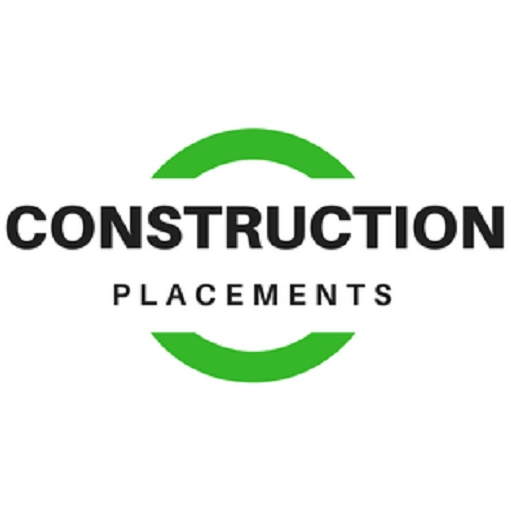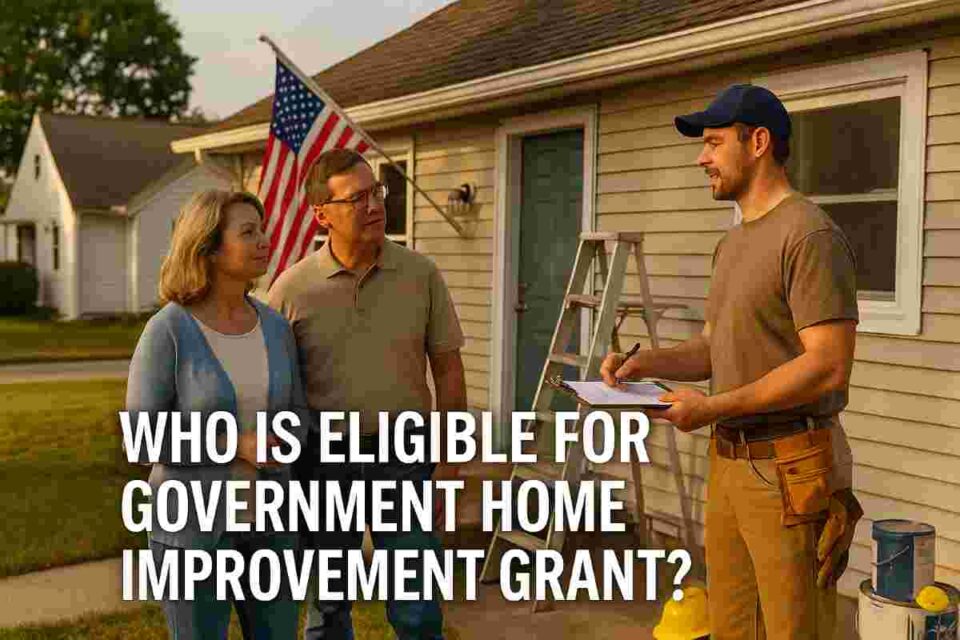Last Updated on October 17, 2025 by Admin
If you’re wondering who is eligible for government home improvement grant in 2025, you’re not alone. Thousands of U.S. homeowners are searching for assistance to repair or upgrade their homes. In this guide, you’ll learn about federal, state, and local eligibility criteria, including updates for 2025 programs in Texas, New Jersey, Illinois, Alabama, Wisconsin, Florida, California, and New York — plus direct links to apply and related resources.
Table of Contents
What Is a Government Home Improvement Grant?
A home improvement grant (or home repair grant) is financial assistance provided by the government to help homeowners cover essential repairs that improve safety, accessibility, and energy efficiency. Unlike loans, these grants usually don’t require repayment if certain conditions are met.
According to USA.gov’s official page on home repair programs, grants can help with structural, electrical, plumbing, or weatherization repairs. The programs are primarily designed for low-income, elderly, or disabled homeowners who cannot afford these upgrades on their own.
Practice 15+ AI-generated technical and HR interview questions for Civil, BIM, QS, Planning, HSE and Construction roles. Get instant feedback, improved answers, a 7-day improvement plan, and a full PDF report. Designed exclusively for construction professionals.
One free full interview session included. No credit card required.
General Eligibility Criteria in 2025
Eligibility for government home improvement grants typically depends on several common factors:
| Criterion | Typical Requirement |
|---|---|
| Homeownership | You must own and occupy the property. USDA Rural Development requires ownership proof. |
| Income Level | Your income must fall below a specified percentage of the Area Median Income (AMI). |
| Age / Senior Status | Many grant programs prioritize seniors (age 62+). |
| Location | Your home must be in a qualifying area (rural, low-income, or disaster-affected). |
| Health and Safety Needs | Repairs must address hazards or essential living conditions. |
| Citizenship | Applicants must be U.S. citizens or legal residents. |
Major Federal Home Improvement Grant Programs
1. USDA Single Family Housing Repair Loans & Grants (Section 504 Program)
The USDA Section 504 Home Repair Program offers:
- Loans up to $40,000 for home repairs or modernization
- Grants up to $10,000 for elderly homeowners (62+) who cannot repay a loan
Applicants must:
- Own and occupy the home
- Have “very low income” (below 50% of the area median)
- Live in a USDA-designated rural area
Read the official USDA factsheet for detailed criteria.
For professionals, check Construction Job Roles in the Housing Sector to explore careers tied to rural and federal housing projects.
2. HUD Programs: Title I, 203(k), HOME, and CDBG
The U.S. Department of Housing and Urban Development (HUD) offers several improvement assistance programs:
- Title I Property Improvement Loans – Insured loans for home rehabilitation.
- 203(k) Rehabilitation Mortgage Insurance – Combines purchase + repair financing.
- HOME Investment Partnerships Program (HOME) – Local governments receive funds to assist low-income homeowners.
- Community Development Block Grant (CDBG) – Provides cities and counties funding for rehabilitation and accessibility improvements.
Local authorities decide how HOME and CDBG funds are distributed, so eligibility varies by region.
For related insights, read How Construction Projects Add Value to Properties.
3. FEMA Home Repair Assistance
If your property was damaged in a declared disaster, FEMA’s Home Repair Assistance Program may cover essential repairs.
Eligibility includes:
- U.S. citizenship or qualified residency status
- The home must be your primary residence
- Damage must occur in an official disaster area
See FEMA’s eligibility overview for details.
State-Wise Eligibility Snapshots (2025 Updates)
Texas
Eligible applicants for the USDA 504 grant in Texas must be 62 or older, have very low income, and live in a rural area. Urban homeowners can explore city-specific housing rehab programs managed under Texas Department of Housing and Community Affairs (TDHCA).
For construction professionals, explore Top Construction Companies in Texas.
New Jersey
In NJ, county housing authorities and local CDBG offices provide repair grants for low- and moderate-income homeowners. Each municipality defines its own criteria—typically income-based and for owner-occupied homes.
Check your county’s “Home Rehabilitation Program” through the NJ Department of Community Affairs.
Illinois
Illinois residents may qualify for USDA rural repair grants or local housing rehab programs through the Illinois Housing Development Authority (IHDA).
Senior citizens (62+) with very low income can receive up to $10,000 for essential repairs.
Wisconsin
Wisconsin homeowners can access CDBG or HOME funds administered by counties or housing authorities.
Programs target low-income, owner-occupied homes needing safety or weatherization improvements.
Check local eligibility via Wisconsin Department of Administration’s Housing Division.
Alabama
Alabama’s Strengthen Alabama Homes (SAH) grant program provides up to $10,000 for wind mitigation upgrades.
Applicants must own and occupy the home and live in a qualified coastal county.
Florida
Florida offers grants through local governments under the State Housing Initiatives Partnership (SHIP) program. Eligibility usually depends on income limits and home location.
California
In California, the CalHome Program and local housing departments provide grants for low-income homeowners. Energy-efficient and accessibility upgrades are prioritized.
New York / NYC
In NYC, the HomeFix Program by NYC HPD offers grants and low-interest loans to homeowners with incomes under 165% of AMI.
Eligible homes must be owner-occupied 1- to 4-family properties within city limits.
How to Apply for a Home Improvement Grant in 2025
- Research your eligibility:
Use HUD’s income limits tool or your county housing authority. - Contact your local agency:
Apply through your city’s housing department, county CDBG office, or USDA rural office. - Prepare documentation:
Gather income proof, ownership papers, ID, and repair cost estimates. - Submit and follow up:
Complete the required forms. Inspections may follow before approval.
Pro Tips Before You Apply
- Avoid scams: Always apply via .gov or verified local websites. USA.gov warns against fake grant offers.
- Prioritize safety-related repairs: Cosmetic improvements rarely qualify.
- Hire licensed contractors: Many programs require using certified professionals. Check Construction Safety and Health Guidelines before starting work.
Why This Matters for Homeowners and Professionals
For homeowners, these grants can transform unsafe or outdated homes into secure and energy-efficient living spaces.
For construction professionals, understanding eligibility helps you connect with funded projects and assist clients through compliant repair work.
Read more at How Construction Projects Add Value to Homes.
Final Thoughts
So, who is eligible for a government home improvement grant in 2025?
- Low-income, elderly, or disabled homeowners
- Owner-occupied homes in qualifying areas
- Homes needing essential safety or accessibility upgrades
Whether you live in Texas, NJ, Illinois, Wisconsin, or California, the best next step is to contact your local housing office or USDA Rural Development branch. With proper documentation and the right program, your home improvement dream could soon be funded — and safer than ever.
Related Reading on ConstructionPlacements.com
- Navigating Funding Options for Small Construction Firms: Beyond Traditional Loans
- 8 Considerations To Make When Building Your First Home
- No Money for Higher Studies: What you should do instead?
- Benefits to the Homeowner and the Certified Roofing Contractor
- The Impact of Infrastructure Funding on Construction
- The Ultimate Guide to Home Improvement Services


